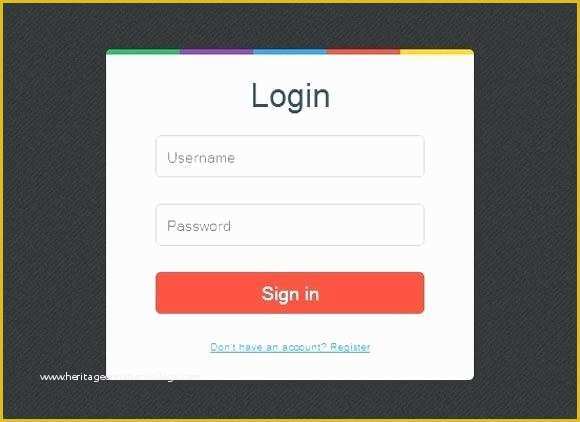

So, we must have good understanding of API.

Create React App has been used to set up a React development environment with the non-essential boilerplate eliminated.We'll need a Node.js development environment this guide was tested with version 10.22.0 of Node.js and version 6.14.6 of npm.Now, below our home, we add the following line to src/Routes.js to connect this container to the rest of our project.Īlso, be sure to include our component in the header. It allows users to navigate between views of different components in a React application, change the browser URL, and keep the UI in sync with the URL. In React, React Router is a standard library for routing. Finally, when the form is submitted, we call our callback handleSubmit.This merely checks if our fields are not empty, but it could easily be extended to do more. We also use a validate method called validateForm to bind our submit button to our state.The autoFocus flag is set for our email field, which means that when our form loads, it will focus on this field.A Controlled Component is a pattern in React that displays the current form value as a state variable and sets the new one when the user inputs something. The form controls are being adjusted to display the value of our two state variables email and password.New values have been assigned to the variables, email and password. Our component is re-rendered after we change the state. We then use the setEmail and setPassword procedures to save what the user fills in - e.target.value - and tie the state to our two fields in the form.The useState hook simply provides the current value of the variable we wish to store in the state, as well as a function to change it. We utilize the useState hook right at the top of our component to save what the user enters in the form.Return email.length > 0 & password.length > 0 Import Button from "react-bootstrap/Button" Ĭonst = useState("") It makes the related component visible.Ĭreate a new file src/containers/Login.js and add the following. Once the logic is executed or data is obtained in the component, the process is complete. Obtaining data refers to more than just retrieving data from an API's endpoint it also refers to the logic of a React component. They operate as a link between the standard components that render the user interface and the logic that makes the UI interactive and dynamic.Ī container component's most typical role is to obtain data.

Other Javascript libraries, such as Angular JS, Node JS, and Express JS, can be used with it.Ĭontainer components in a React app are widely known as the parent elements of other components. It aids developers in creating web pages that can alter data without having to restart the page. ReactJS is preferred by many Fortune 500 companies because of its numerous useful features. ReactJS is more commonly referred to as React or React.js. It's popular among online and app developers because of its quick and simple interactive UI features.

It is mostly utilized in front-end development and has a stronghold in the web development industry, particularly for single-page user interface development. Facebook and other individual developers/companies keep it up to date. ReactJS is a Javascript library that allows web developers user interfaces that is quite popular and frequently used. If a user is not authenticated, we'll provide them the option to log in before allowing them to proceed without having to go to a separate login page. We'll make a mock API that returns a user token, a login page that fetches the token, and a check for authentication that doesn't require rerouting the user. We'll need to save the login credentials once they've successfully authenticated. When a user tries to access a private page before logging in, our React application will need to handle it. Authentication can be used to control which users have access to which pages. A public page is open to the public, but a private page requires a user login. Websites include both public and private pages.


 0 kommentar(er)
0 kommentar(er)
